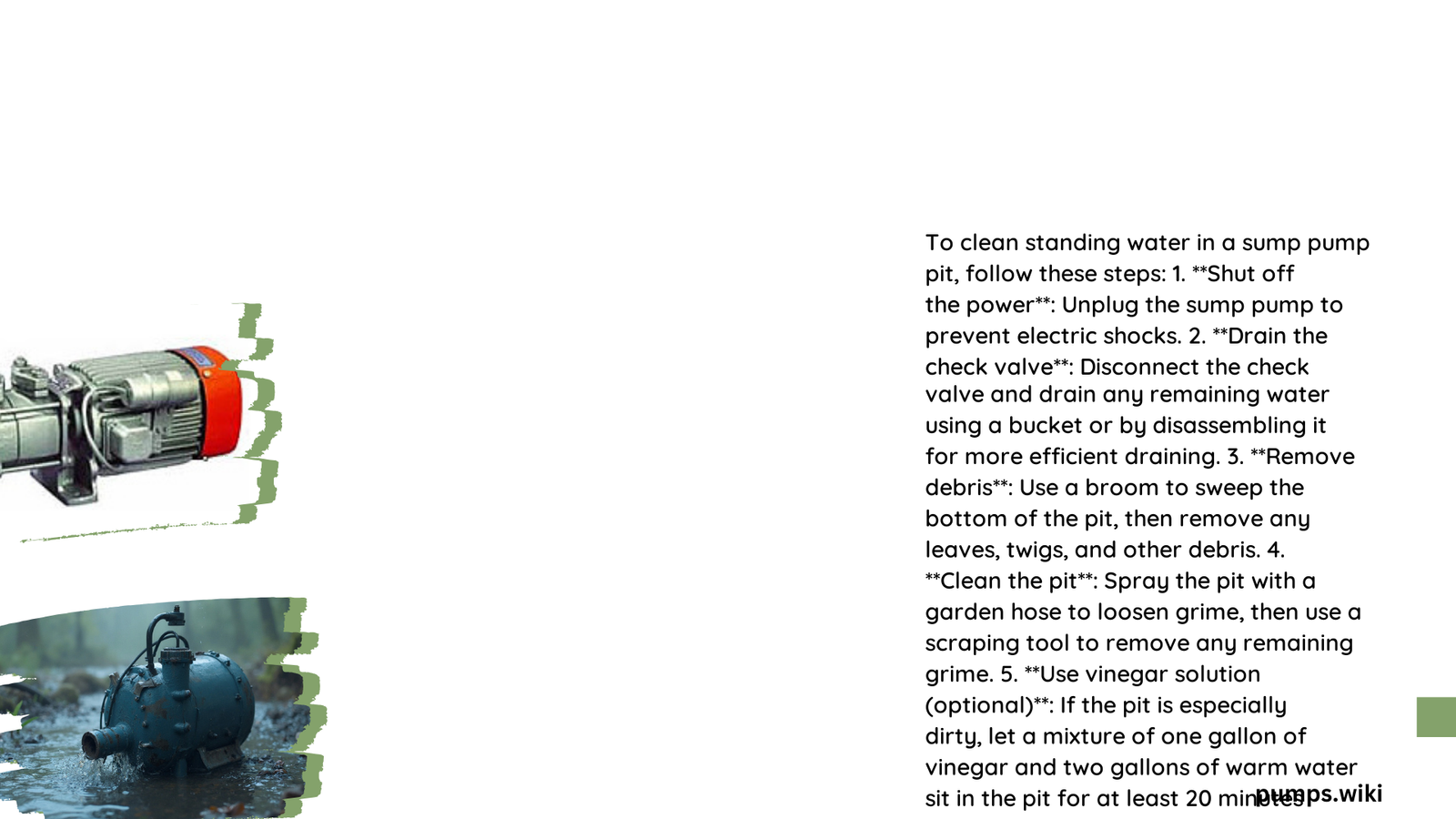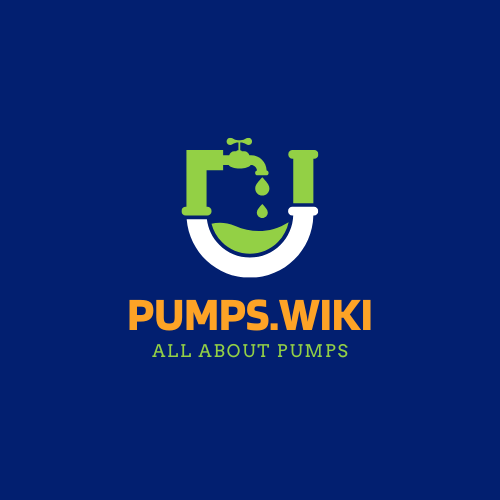Cleaning standing water in sump pump pits is crucial for maintaining a dry basement and preventing water damage. This process involves removing debris, draining water, and cleaning the pump and pit. Regular maintenance ensures optimal sump pump performance, prevents clogs, and extends the system’s lifespan. Proper tools, safety precautions, and cleaning techniques are essential for effective sump pump pit maintenance.
What Tools Are Needed for Cleaning a Sump Pump Pit?
To effectively clean a sump pump pit, you’ll need the following tools:
- Bucket or large container
- Broom or scraping tool
- Shop vacuum
- Wire brush or old toothbrush
- Mild dish soap or white vinegar
- Rubber gloves and protective clothing
- Clenit™ Pump and Pit Cleaner (optional)
Each tool serves a specific purpose in the cleaning process:
| Tool | Purpose |
|---|---|
| Bucket | Remove visible sediment and debris |
| Broom | Sweep the pit bottom |
| Shop vacuum | Remove standing water |
| Wire brush | Scrub the pump to remove grime |
| Cleaning solution | Clean the pump and pit |
| Protective gear | Ensure safety during cleaning |
| Clenit™ | Remove iron ochre and red slime buildup |
How Often Should a Sump Pump Pit Be Cleaned?

Regular maintenance is key to keeping your sump pump system functioning properly. Here’s a recommended cleaning schedule:
- Clean the sump pump and pit at least twice a year
- Perform additional cleanings after heavy downpours or snowfall
- Check for significant debris accumulation during each cleaning
Adhering to this schedule helps prevent clogs, ensures efficient pump operation, and extends the lifespan of your sump pump system.
What Are the Steps to Clean Standing Water in a Sump Pump Pit?
Follow these steps to clean standing water and maintain your sump pump pit:
- Preparation:
- Unplug the pump
- Ensure good lighting
-
Wear protective gear
-
Test the pump:
- Fill the pit with water
-
Verify proper pump operation
-
Remove the pump:
- Disconnect from the discharge pipe
-
Place in a bucket or plastic bag
-
Clean the pit:
- Remove debris with a bucket and broom
-
Use a vinegar-water solution for tough dirt
-
Clean the pump:
- Scrub with a wire brush and mild cleaning solution
-
Clean the float switch
-
Drain the check valve:
-
Remove remaining water
-
Vacuum the pit:
-
Use a shop vacuum for standing water
-
Replace the pump:
- Reconnect to the discharge pipe
- Ensure it’s dry before plugging in
Why Does Standing Water Accumulate in Sump Pump Pits?
Several factors can contribute to standing water in sump pump pits:
- Undersized sump pit:
- Causes frequent pump cycling
-
Reduces pump efficiency
-
Debris accumulation:
- Clogs the pump
-
Impedes water flow
-
Poor drainage:
- Clogged discharge pipes
-
Improper pit design
-
Excessive water influx:
- Heavy rainfall
- Rapid snowmelt
Understanding these causes helps in developing effective cleaning and maintenance strategies.
How Can You Prevent Standing Water in Sump Pump Pits?
To minimize standing water and maintain a clean sump pump pit:
- Implement regular cleaning schedules
- Ensure proper sump pit sizing
- Maintain the check valve
- Use specialized cleaning products like Clenit™
- Keep the surrounding area clear of debris
- Install a backup pump system
By following these preventive measures, you can significantly reduce the occurrence of standing water and maintain an efficient sump pump system.
What Safety Precautions Should Be Taken When Cleaning a Sump Pump Pit?
Safety should be a top priority when cleaning your sump pump pit. Follow these precautions:
- Electrical safety:
- Always unplug the pump before cleaning
-
Use GFCI-protected outlets
-
Personal protection:
- Wear rubber gloves
- Use protective eyewear
-
Wear appropriate footwear
-
Ventilation:
-
Ensure proper air circulation in the work area
-
Lighting:
-
Use adequate lighting to see clearly
-
Chemical handling:
- Follow manufacturer instructions for cleaning products
-
Avoid mixing chemicals
-
Lifting precautions:
- Use proper lifting techniques when handling the pump
By adhering to these safety measures, you can minimize risks associated with sump pump pit cleaning.
How Can You Improve Sump Pump Efficiency Through Regular Maintenance?
Regular maintenance is key to improving and maintaining sump pump efficiency:
- Clean the pump and pit regularly:
- Remove debris and sediment
-
Clean the float switch
-
Check and clean the check valve:
- Ensure proper operation
-
Prevent backflow
-
Inspect the discharge pipe:
- Clear any blockages
-
Ensure proper slope for drainage
-
Test the pump regularly:
- Fill the pit with water
-
Verify pump activation and deactivation
-
Monitor for unusual noises or vibrations:
-
Address issues promptly
-
Consider professional inspections:
- Annual check-ups by a plumbing professional
By implementing these maintenance practices, you can significantly improve your sump pump’s efficiency and longevity.
References:
1. Clenit™ Pump and Pit Cleaner
2. How to Clean a Sump Pump
3. How To Effectively Clean A Sump Pump
